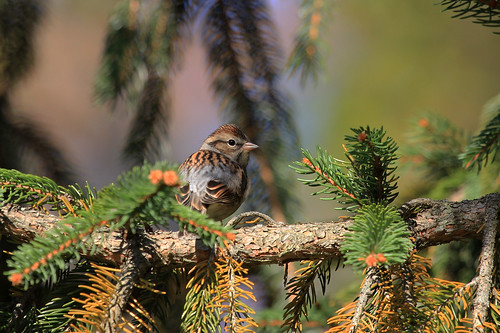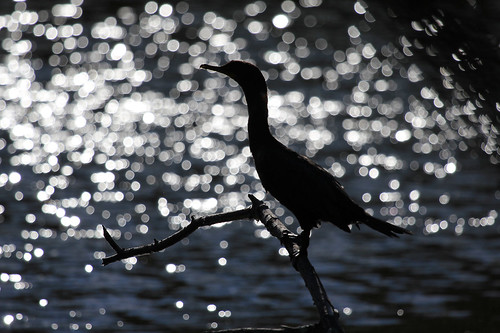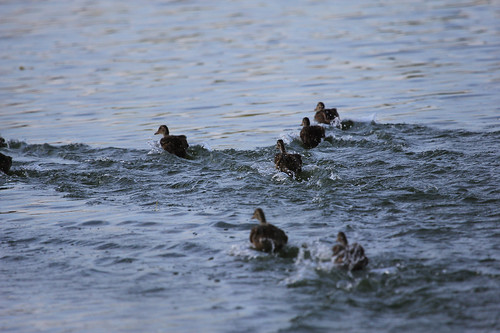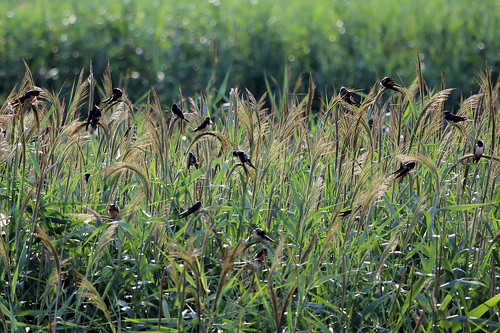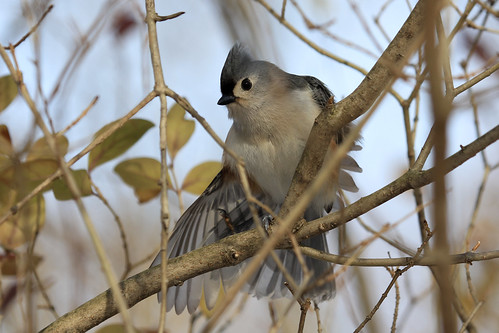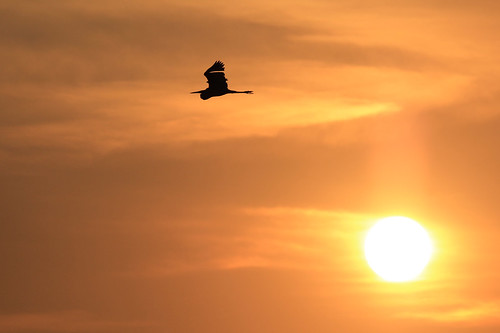After taking several thousand photographs last year of more than 200 different species of birds, I got interested in why some of them were so psychodelically colored while others remained stubbornly black. Birds use color to blend into the background or attract mates. But, taking this Common Raven as an example, it's hard to imagine how attractive he could be in his "basic black" getup:
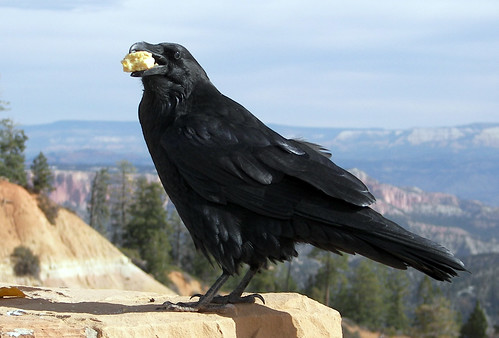
Well, as it turns out, there is black and then there is black. The kind of black New Yorkers wear after Labor Day is the flat black that wouldn't serve any purpose in the real world. The black on this raven is iridescent, which is very different. Birds perceive iridescence as actual colors, and so to a female raven, the guy above is shining with temptation! Many other birds have iridescent feathers, including all grackles:
Boat-Tailed Grackle:
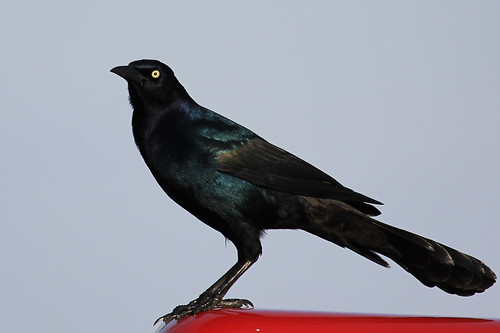
Iridescence is called "structural color" because it is formed not by the feathers' pigment, but by the way the light refracts traveling through them. The feather cells act as prisms and split the natural white light into components, each changing direction just a little bit. As the viewer moves around the bird, he or she gets hit with the different component-color of the original natural light, causing the shimmering iridescent effect.
Common Grackle:
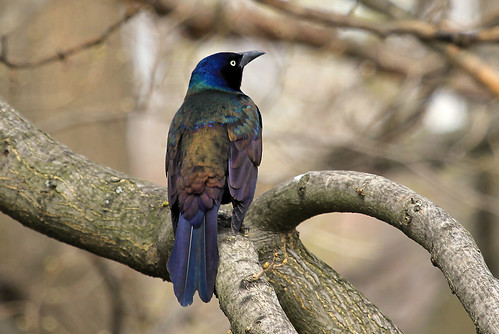
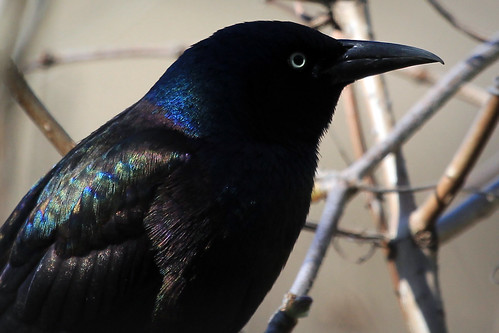
Not all iridescence is black. Here is a male Mallard, which has green-iridescent neck:
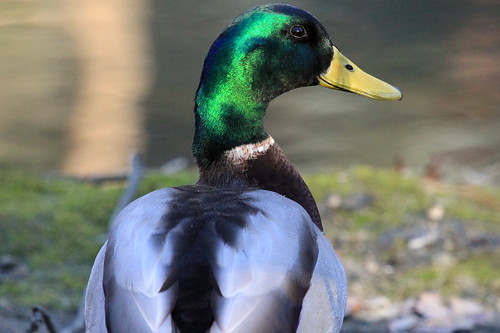
And the back of this Glossy Ibis is iridescent-brown:
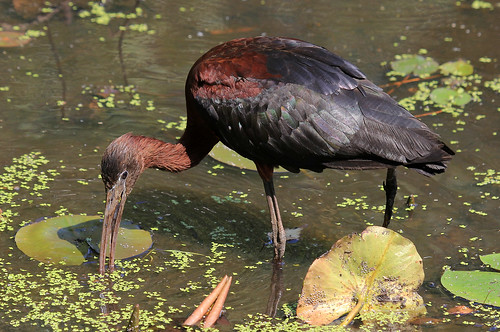
BTW, not all "structural" colors are iridescent. Apparently most blue colors on birds are structural, not pigment (but not iridescent either) - i.e. they would disappear if all you had was a single feather. So most blue birds are actually just brown...


